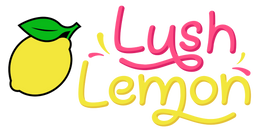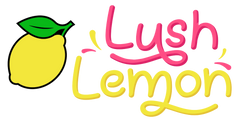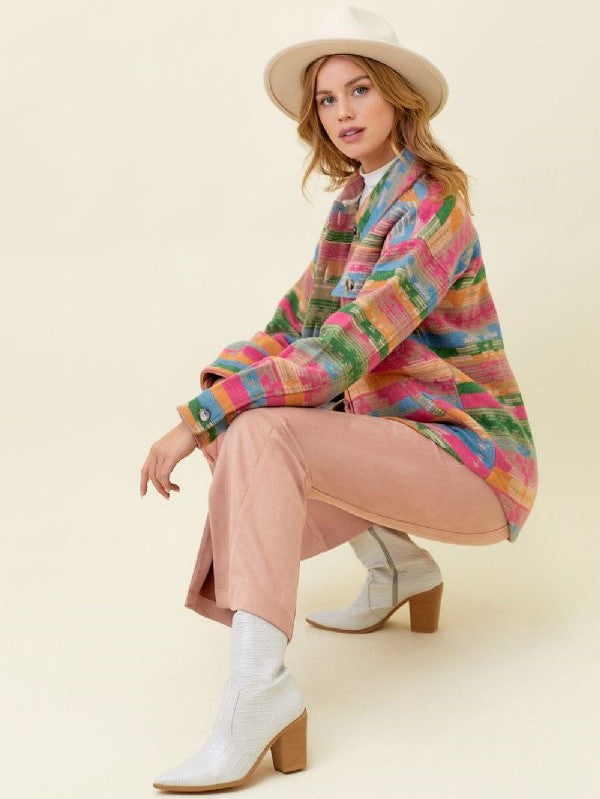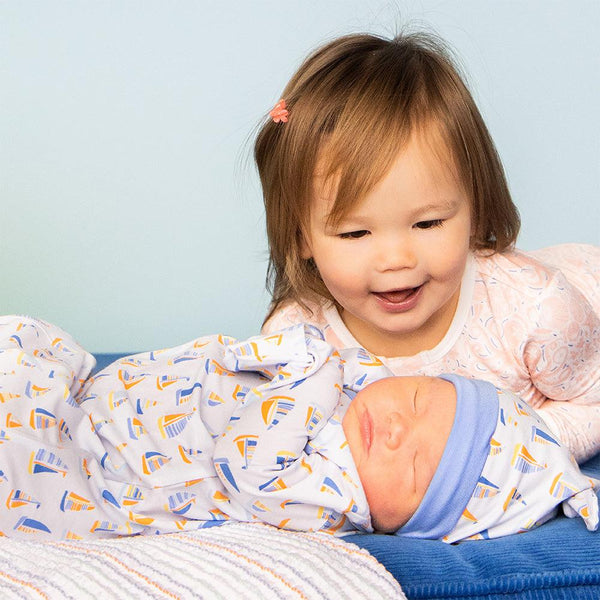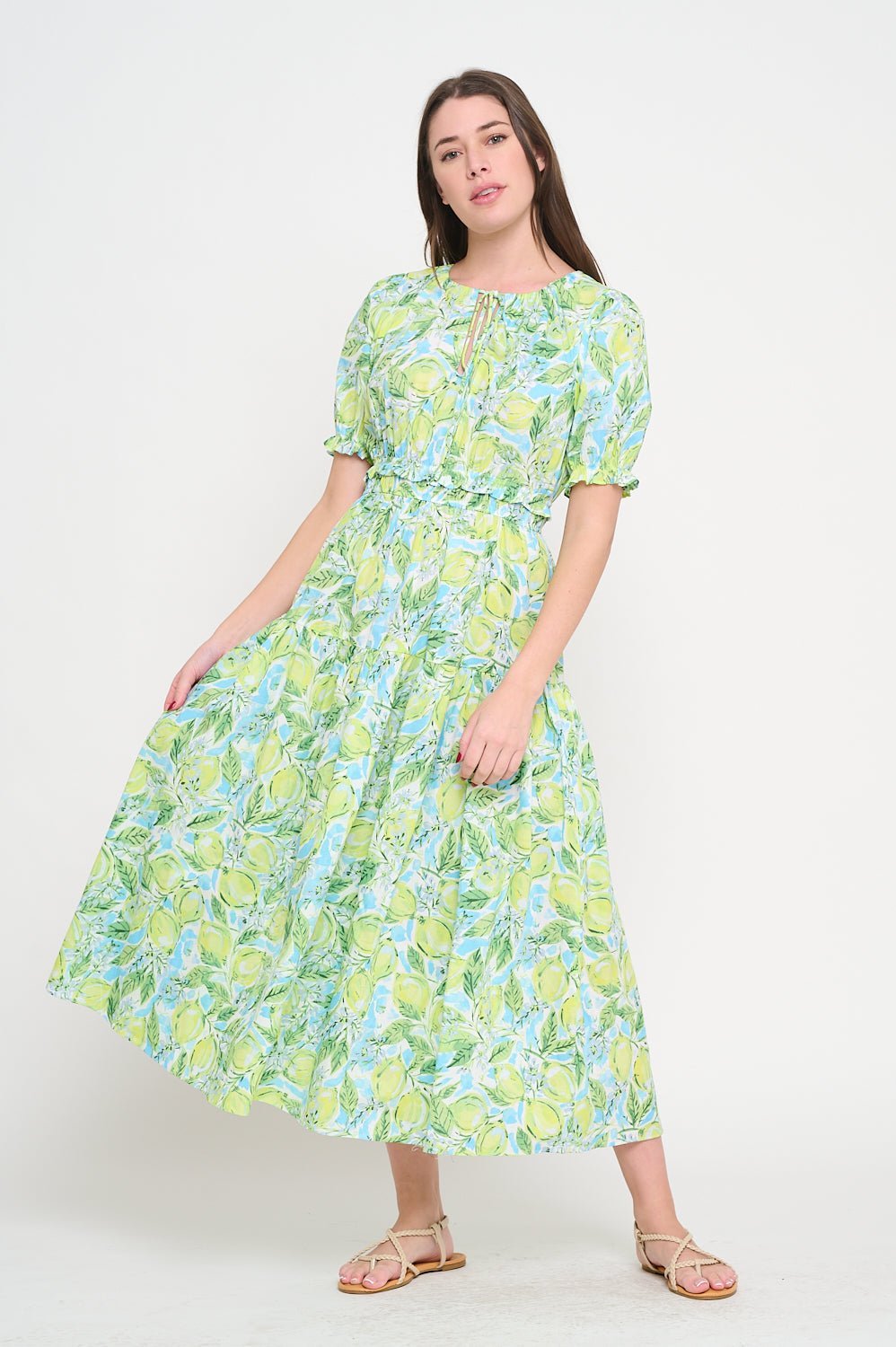The colors you choose to wear aren't just aesthetic decisions – they're powerful tools that influence both how you feel and how others perceive you. Color psychology in fashion goes far beyond simple personal preferences, tapping into deep psychological associations that can boost your confidence, improve your mood, and help you communicate your personality without saying a word. Understanding these connections allows you to dress intentionally, using color as a strategic element in your daily life.
The Science Behind Color and Emotion
Research in color psychology reveals that different hues trigger distinct emotional and physiological responses. When you wear certain colors, you're not just making a visual statement – you're potentially influencing your own mood and energy levels throughout the day. This phenomenon, known as "enclothed cognition," suggests that the clothes we wear actually affect our psychological state and performance.
Warm Colors (reds, oranges, yellows) tend to energize and stimulate. They can increase feelings of warmth, optimism, and excitement. The Citrus Splash Maxi Dress likely harnesses this psychological power, using vibrant citrus tones to create an uplifting, energetic feeling for both the wearer and observers.
Cool Colors (blues, greens, purples) generally have calming, soothing effects. They can promote feelings of tranquility, trust, and stability. Many of the blue pieces in Lush Lemon's collection tap into these psychological associations, offering wearers a sense of calm confidence.
Neutral Colors (black, white, gray, beige) provide psychological grounding and versatility. They can convey sophistication, professionalism, and timeless elegance while allowing other elements of your outfit or personality to take center stage.
Red: The Power Color
Red is perhaps the most psychologically potent color in fashion. It's associated with confidence, passion, energy, and power. When you wear red, you're likely to feel more assertive and energetic, while others may perceive you as confident and dynamic.
Physical Effects: Studies show that wearing red can actually increase your heart rate slightly and make you feel more alert and energized. This makes red an excellent choice for presentations, job interviews, or any situation where you need an extra confidence boost.
Social Perceptions: Others tend to perceive people wearing red as more attractive, confident, and attention-worthy. However, red can also be associated with aggression, so context matters when choosing red pieces.
Styling Red: For those new to wearing red, start with accessories or small doses of the color. A red belt with a neutral outfit or red shoes can provide the psychological benefits without feeling overwhelming.
Blue: The Trust Builder
Blue is consistently ranked as the world's favorite color, and for good reason. It's associated with trust, stability, calm, and professionalism. The various blue pieces in Lush Lemon's new arrivals tap into these powerful psychological associations.
Cognitive Effects: Blue has been shown to enhance creativity and clear thinking. It can help you feel more focused and calm, making it an excellent choice for academic settings or stressful situations.
Professional Power: Navy blue, in particular, is a powerhouse in professional settings. It conveys competence and reliability while remaining approachable. Lighter blues can feel more creative and friendly while maintaining professionalism.
Mood Benefits: Blue can have a naturally calming effect on both the wearer and observers. If you're feeling anxious or overwhelmed, choosing blue clothing might help create a sense of inner calm.
Green: The Harmony Creator
Green is nature's dominant color, and wearing it can create feelings of balance, harmony, and renewal. It's associated with growth, freshness, and natural beauty. The green pieces in the new collection likely provide these psychological benefits to wearers.
Stress Reduction: Green has been shown to reduce eye strain and promote relaxation. In fashion, green can help you feel more balanced and centered throughout the day.
Versatility: Green works well for both professional and casual settings. Deeper greens convey sophistication and stability, while brighter greens suggest creativity and vitality.
Seasonal Psychology: Green becomes particularly powerful in spring, aligning with natural renewal cycles and potentially boosting optimism and energy.
Yellow: The Happiness Hue
Yellow is the color most strongly associated with happiness, optimism, and mental clarity. It's energizing and uplifting, though it requires confidence to wear effectively.
Mood Enhancement: Wearing yellow can genuinely improve your mood and energy levels. It's associated with mental stimulation and can help combat feelings of depression or lethargy.
Attention Factor: Yellow naturally draws attention, making it an excellent choice when you want to be noticed or remembered. However, this same quality means it should be worn thoughtfully.
Styling Considerations: Yellow works beautifully as an accent color or in softer, more subdued tones. Mustard, cream, and pale yellows offer the psychological benefits of yellow while being more wearable for everyday situations.
Pink: The Confidence Color
Pink has evolved far beyond its traditional associations to become a color of empowerment and confidence. Modern pink in fashion can be bold, sophisticated, and powerful.
Calming Effects: Certain shades of pink have been shown to reduce aggression and promote feelings of calm. This makes pink an interesting choice for high-stress situations.
Feminine Power: Pink allows you to embrace femininity while maintaining strength and confidence. It challenges traditional notions of what powerful colors look like.
Versatility: From soft blush tones to vibrant fuchsia, pink offers a wide range of psychological effects depending on the specific shade chosen.
Purple: The Creative Catalyst
Purple has long been associated with creativity, luxury, and spirituality. It's a complex color that can convey both sophistication and artistic flair.
Creative Stimulation: Purple is believed to enhance creativity and imagination. It's an excellent choice for artistic endeavors or situations requiring innovative thinking.
Luxury Associations: Historically associated with royalty and luxury, purple can help you feel more sophisticated and special when you wear it.
Balance: Purple combines the energy of red with the calm of blue, potentially providing a balanced psychological effect that's both energizing and soothing.
White: The Fresh Start
White represents purity, cleanliness, and new beginnings. It can make you feel fresh, organized, and ready for anything.
Psychological Clarity: Wearing white can promote feelings of mental clarity and organization. It's associated with simplicity and can help reduce feelings of overwhelm.
Confidence Boost: White requires confidence to wear well, and successfully wearing white can reinforce feelings of self-assurance and sophistication.
Seasonal Power: White becomes particularly powerful in summer, aligning with desires for freshness and lightness during warmer months.
Black: The Sophistication Standard
Black is the ultimate sophistication color, associated with elegance, power, and mystery. It's slimming, versatile, and timelessly chic.
Confidence Enhancement: Black can make you feel more powerful and sophisticated. It's often chosen for important events because of its confidence-boosting properties.
Professional Power: Black conveys authority and competence in professional settings. It's taken seriously while remaining stylish.
Emotional Protection: Some people find that wearing black provides a sense of emotional protection or privacy, creating a psychological barrier between themselves and the world.
Creating Intentional Color Combinations
Understanding individual color psychology is just the beginning. Combining colors strategically can create complex psychological effects and help you communicate specific messages.
Complementary Combinations: Colors opposite on the color wheel create energy and visual interest. These combinations can make you feel more dynamic and confident.
Analogous Combinations: Colors next to each other on the color wheel create harmony and sophistication. These combinations often feel calming and put-together.
Monochromatic Schemes: Using different shades of the same color creates elegance and sophistication while maximizing the psychological impact of that particular hue.
Practical Applications for College Life
Exam Days: Choose colors that promote calm and focus, like blue or soft green. Avoid overly stimulating colors that might increase anxiety.
Presentations: Opt for confidence-boosting colors like navy blue or deep green. Red can work well if you're comfortable with attention, but may be too stimulating for some.
Social Events: Choose colors that align with how you want to feel and be perceived. Warm colors for energy and approachability, cool colors for sophistication and calm.
Job Interviews: Stick with professional colors like navy, gray, or black, but don't be afraid to add a small pop of color that reflects your personality.
Building a Psychologically Strategic Wardrobe
Consider creating a wardrobe that includes colors for different psychological needs. Having options for when you need confidence, calm, energy, or creativity ensures you can dress to support your emotional and psychological goals.
Confidence Days: Keep pieces in red, black, or deep navy for when you need extra assertiveness.
Calm Days: Have blue, green, or soft neutral pieces for when you need to feel centered and peaceful.
Creative Days: Include purple, yellow, or interesting color combinations for when you want to feel innovative and artistic.
Professional Days: Maintain a selection of sophisticated colors that convey competence while making you feel confident and capable.
The psychology of color in fashion is a powerful tool that's available to everyone. By understanding how different colors affect your mood and confidence, you can make intentional choices that support your goals and help you feel your best. Remember, the most important factor is how colors make you feel – trust your instincts while using color psychology as a guide to making more strategic wardrobe decisions.
Fashion should serve you, and understanding color psychology helps ensure that every outfit choice contributes positively to your day. Whether you're reaching for the energizing power of a Citrus Splash Maxi Dress or the calming confidence of a blue piece, you're harnessing centuries of human color associations to feel and look your absolute best.
